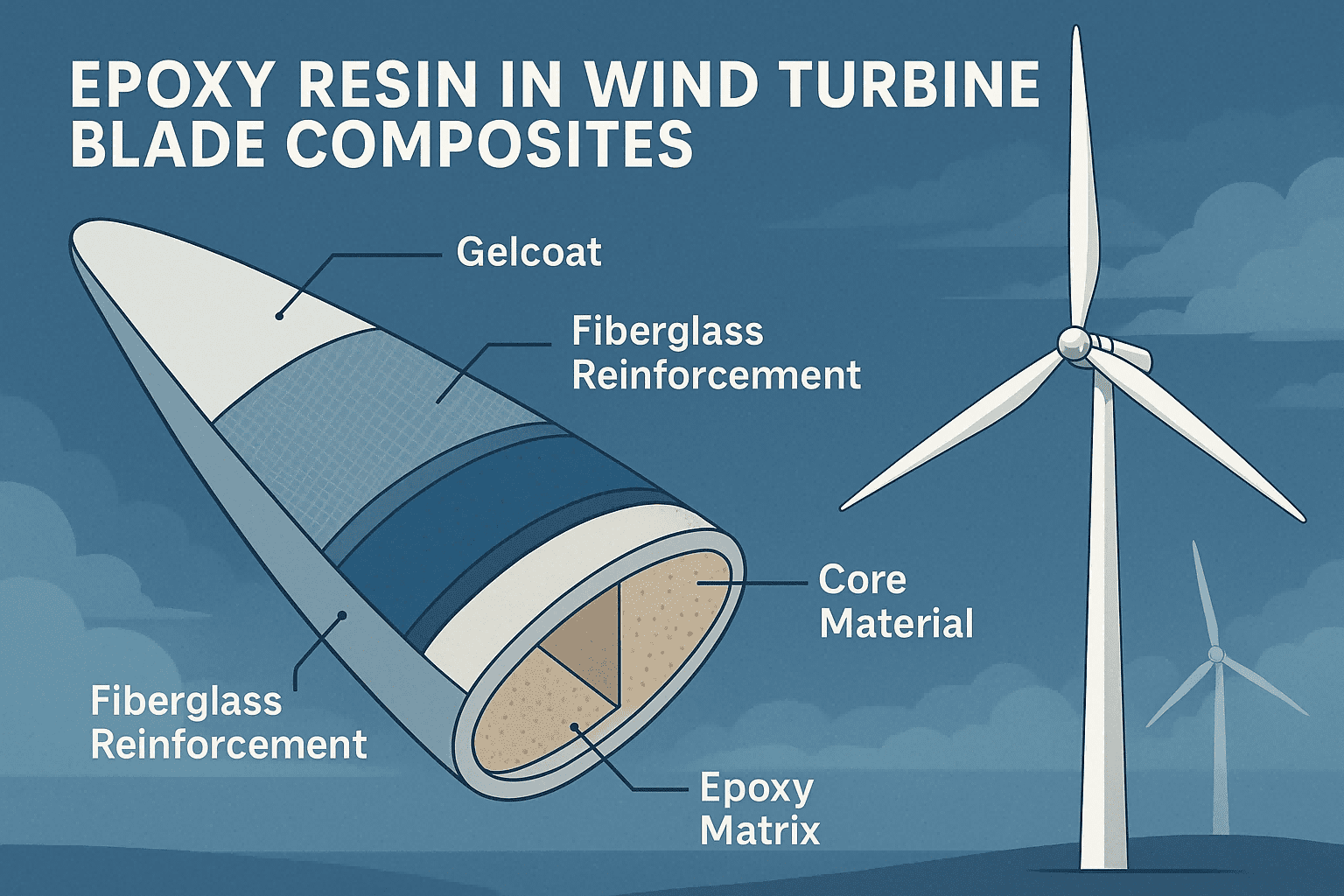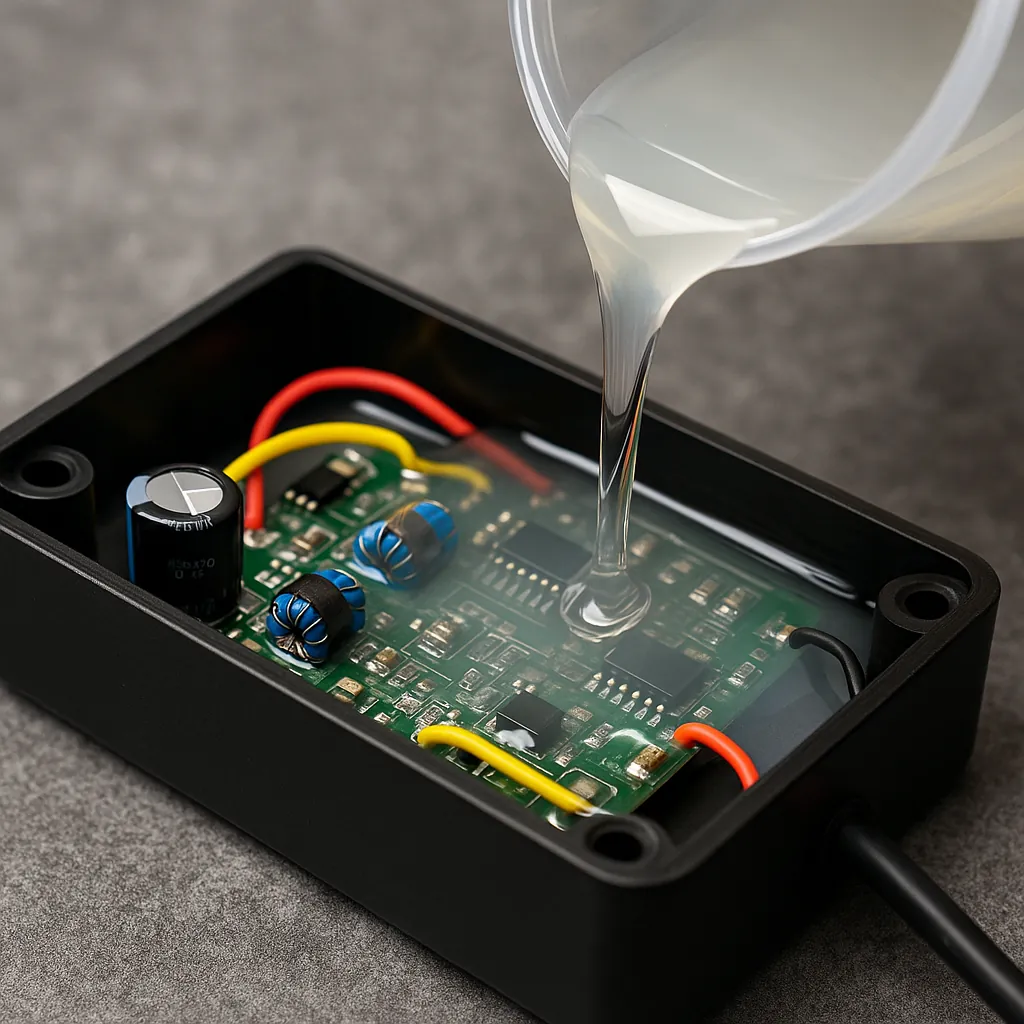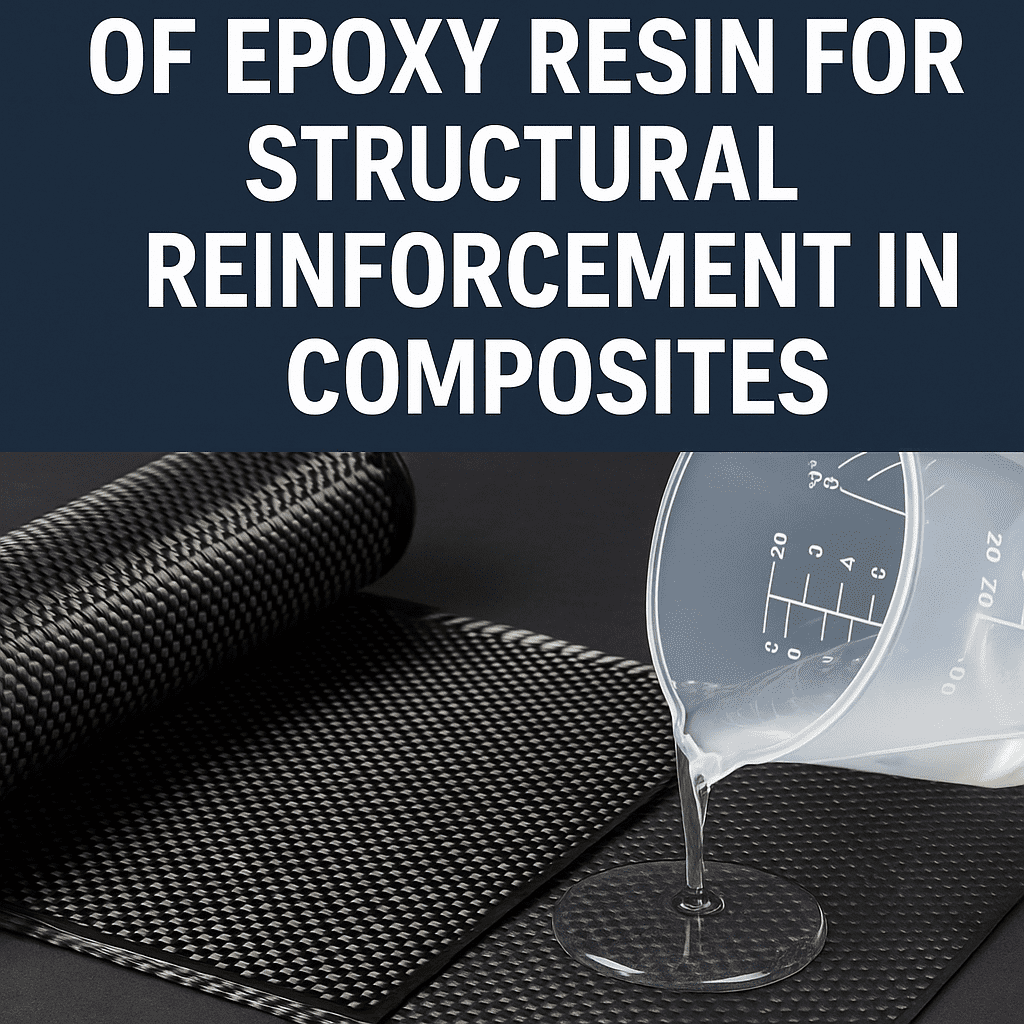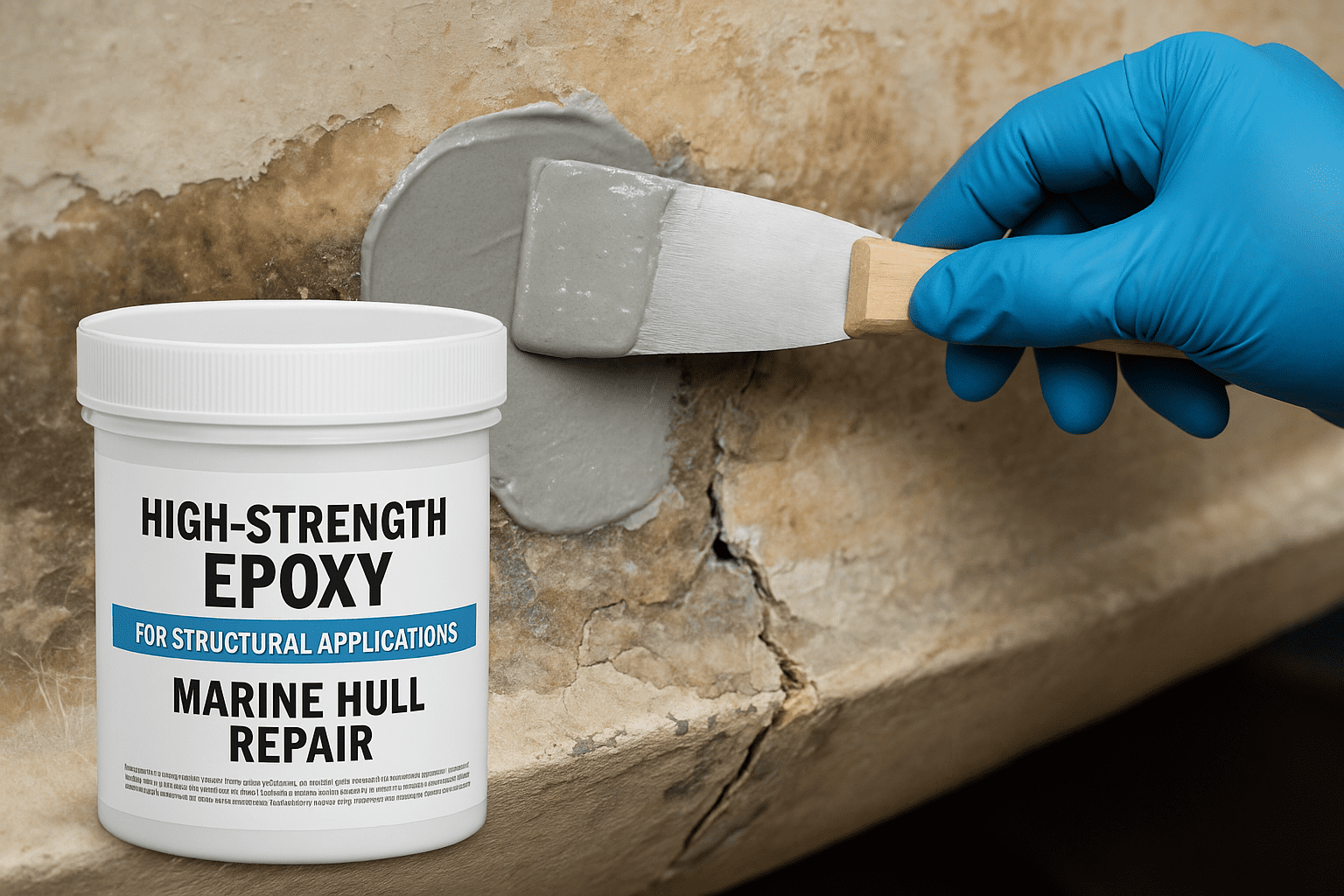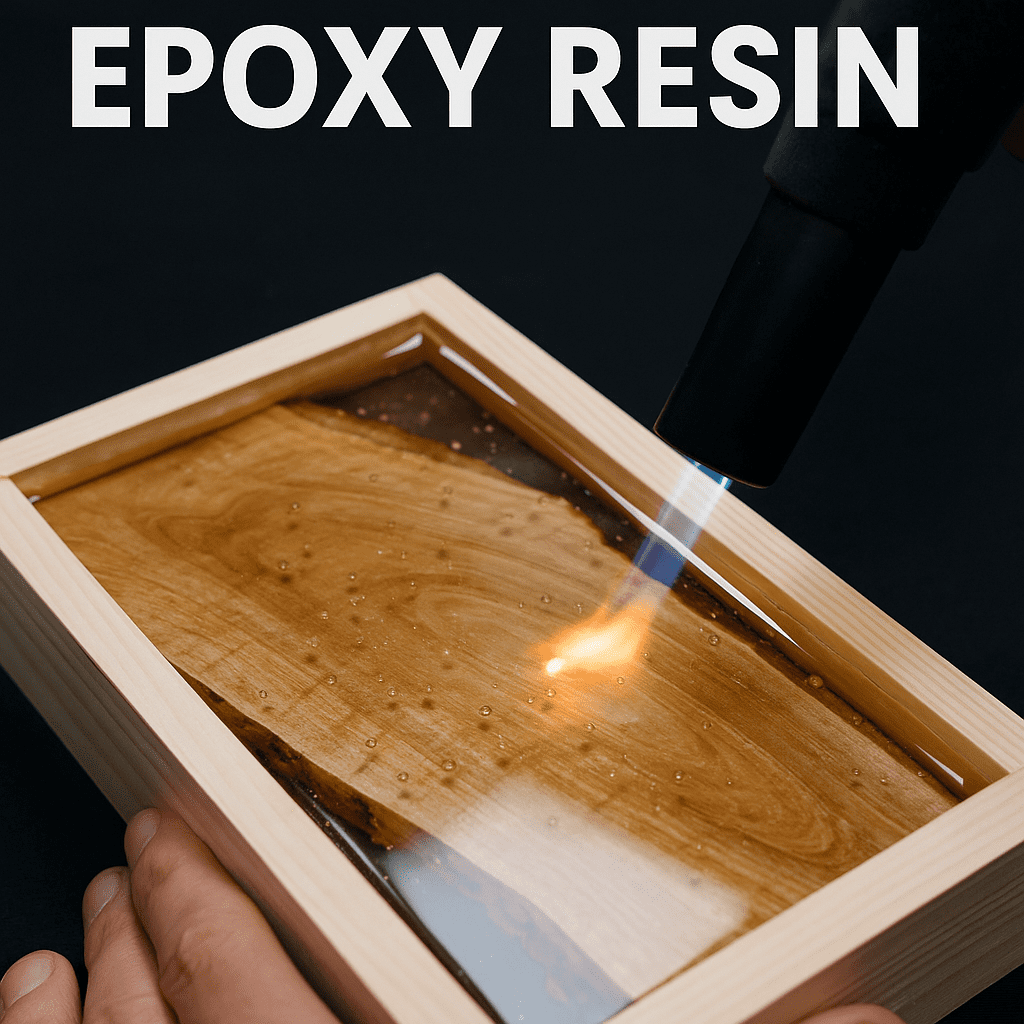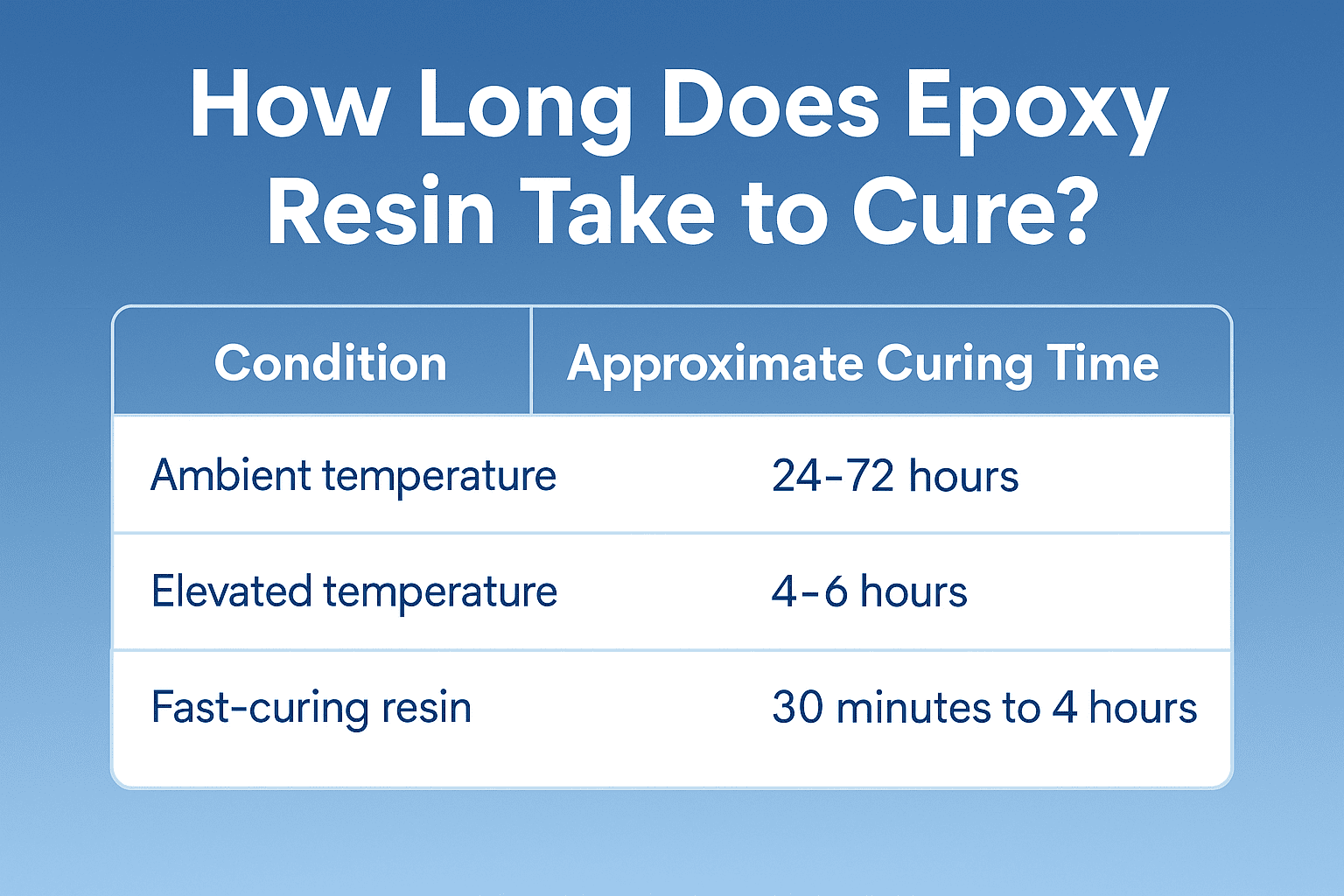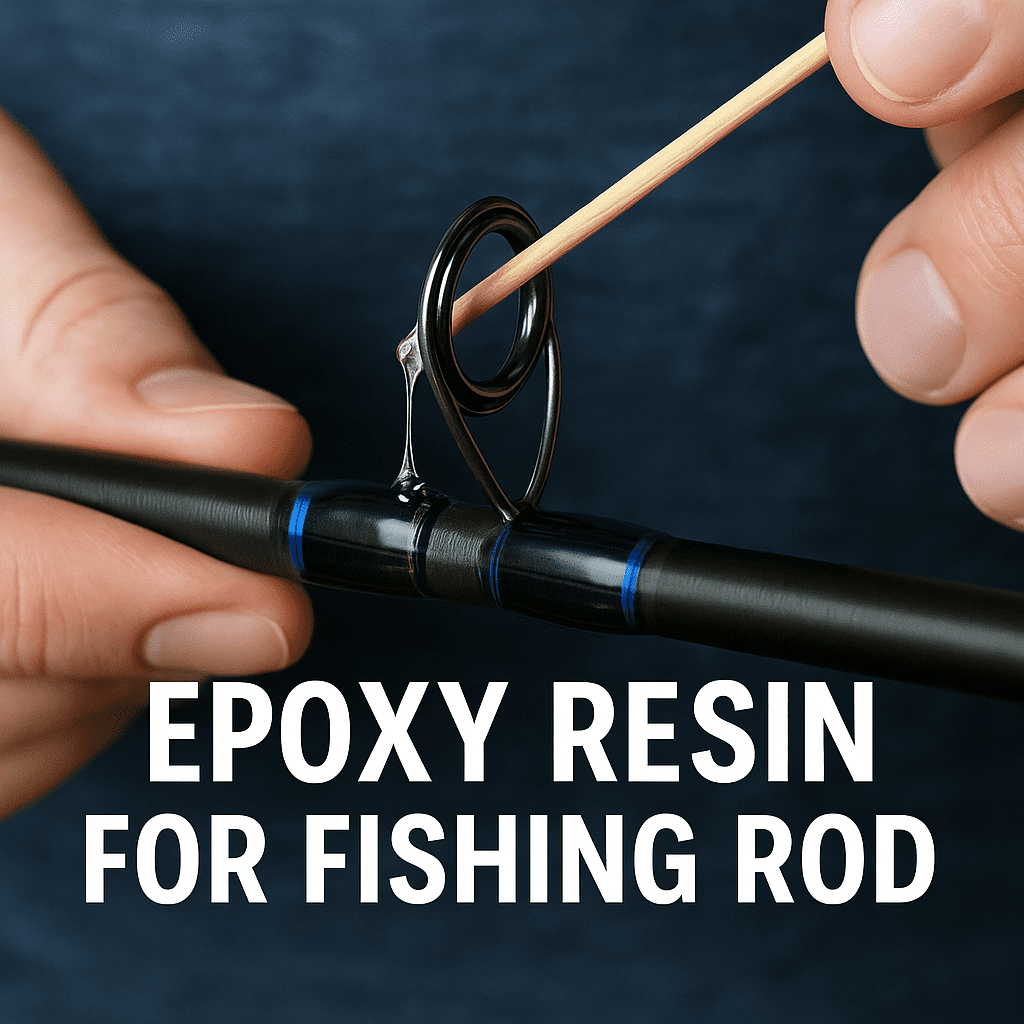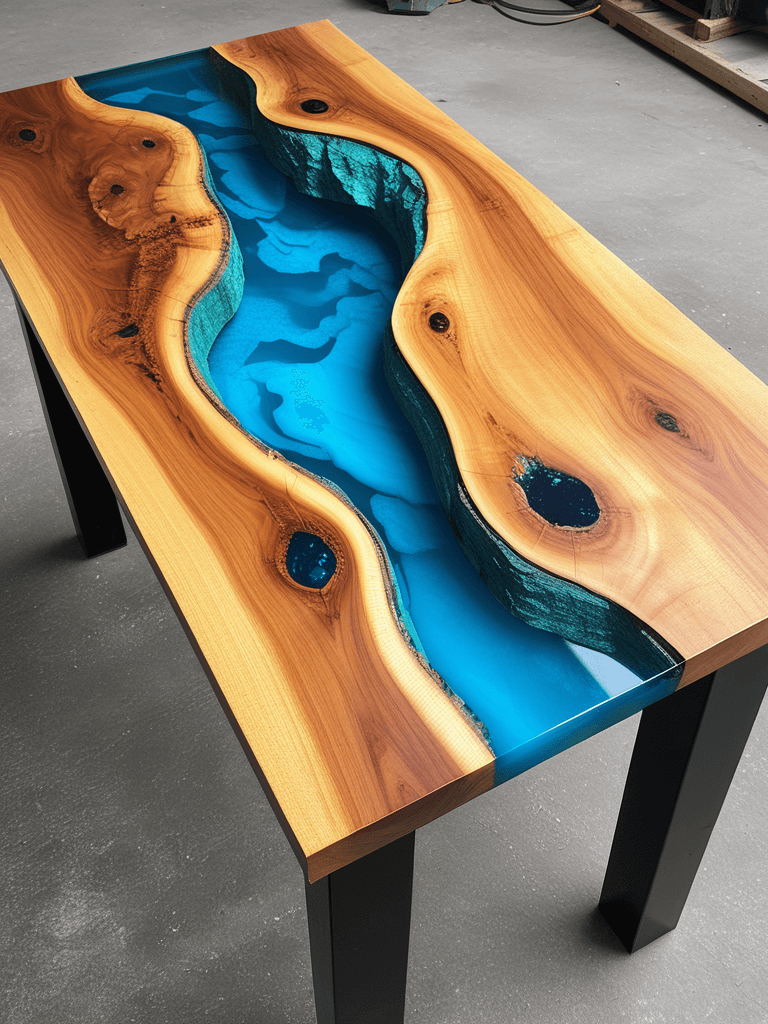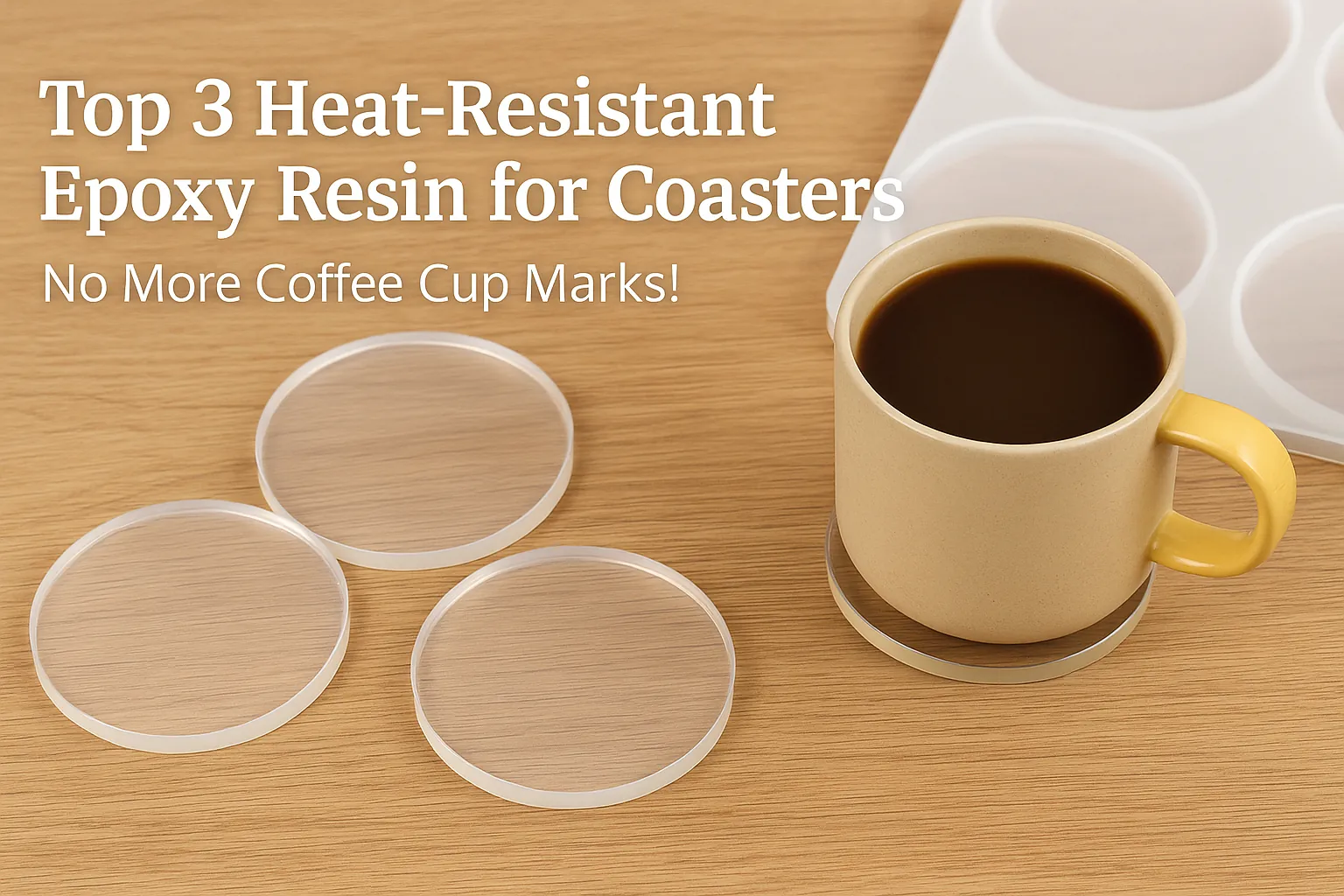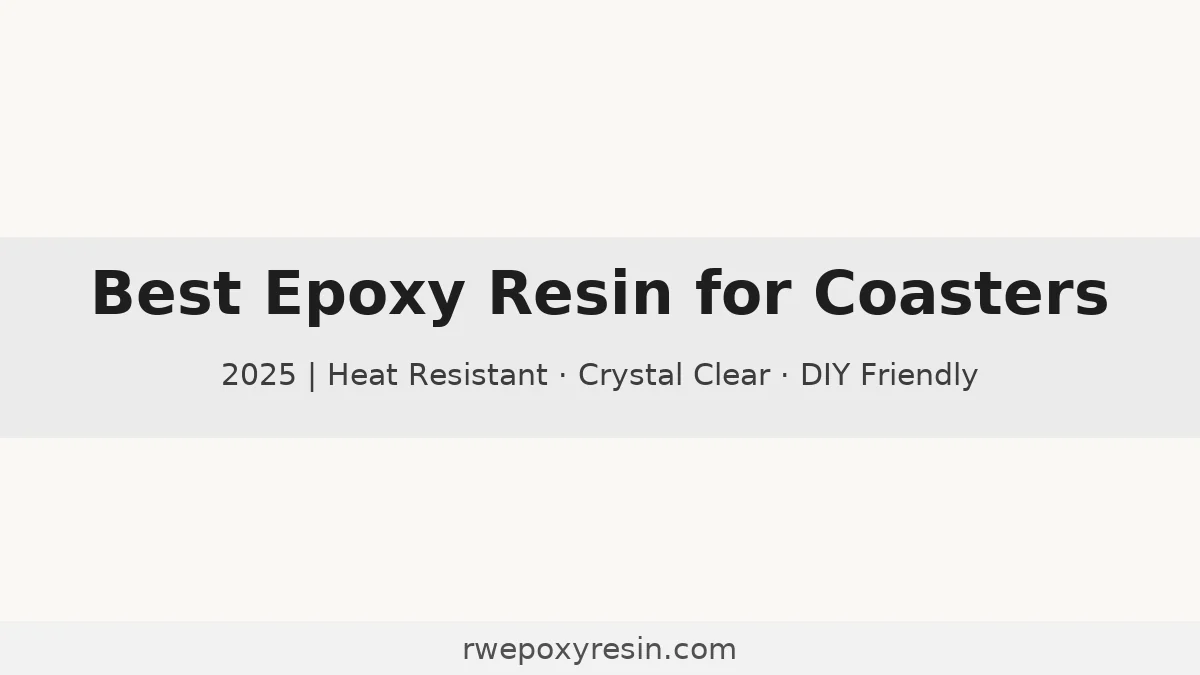As wind energy becomes increasingly vital in the global clean energy mix, the need for durable, high-performance materials in wind turbine blade manufacturing has never been more pressing. Epoxy resin for wind turbine blades plays a central role in enabling long-lasting, efficient, and lightweight composite structures.
Epoxy resin offers a robust and durable solution for protecting electronic components from moisture, dust, mechanical shock, and thermal stress. Unlike silicone or polyurethane, epoxy delivers higher adhesion and rigidity, making it ideal for applications where strength and long-term performance are critical.
Epoxy resin has become an indispensable material in the field of composite structural reinforcement. Whether it’s aerospace, marine, automotive, or civil engineering, epoxy-based systems are widely used to enhance the strength, durability, and lifespan of composite structures. In this article, we explore why epoxy resin is preferred by engineers, what makes it superior, and how to apply it effectively.
Fiberglass boat hulls are widely used in marine applications due to their strength and lightweight properties. However, when damaged by impacts, stress, or weathering, selecting the right material for repair is crucial. High-strength epoxy resin for hull repair offers superior bonding, chemical resistance, and durability compared to polyester resins. This article provides a professional yet practical guide for shipyards, marine repair technicians, and contractors.
Bubbles in epoxy resin can ruin an otherwise perfect project. Whether you’re crafting coasters, coating a table, or sealing art, knowing how to remove bubbles from epoxy resin is the key to achieving a smooth, crystal-clear finish. Let’s break down the causes, methods, and prevention strategies in plain, actionable language.
Curing time refers to how long it takes for epoxy resin to fully harden after mixing. This time varies depending on several factors like the brand, resin type, temperature, and thickness of the pour. Knowing the epoxy resin cure time is essential for planning projects and ensuring the best finish.
If you build or repair fishing rods, the epoxy resin you use can make or break your project. From securing guide wraps to coating decorative thread, the right resin needs to be crystal clear, UV-resistant, and easy to apply. This article walks you through what makes an ideal epoxy resin for fishing rods and how to get professional results, even as a DIYer.
Temperature affects everything when working with epoxy—curing time, clarity, consistency, and structural integrity. Pouring epoxy resin at the wrong temperature can result in bubbles, yellowing, soft cures, or even failure to harden.
The best temperature to pour epoxy resin is between 72°F and 78°F (22°C to 25°C). This range ensures proper polymerization and minimizes surface issues.
Heat-resistant epoxy resin for coasters is essential if you’re tired of seeing cup rings or soft spots from hot coffee mugs. Many first-time DIYers discover this the hard way—standard epoxy simply can’t handle heat over 120°C (248°F), which most mugs easily reach.
Looking for the best epoxy resin for coasters? Whether you’re new to resin crafts or just want a product that won’t crack or bubble—this guide explains everything you need in simple, clear language. We’ve tested top-rated formulas perfect for making heat-resistant, high-gloss resin coasters at home.

